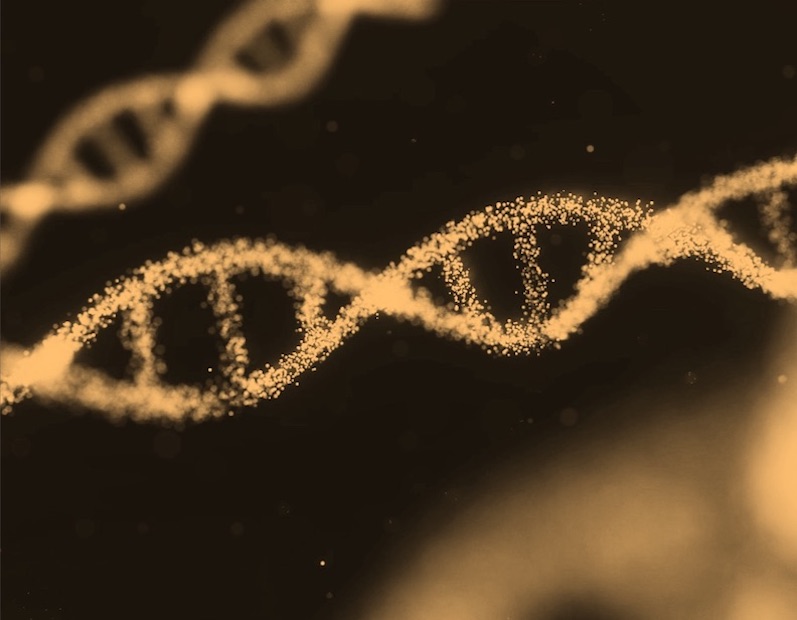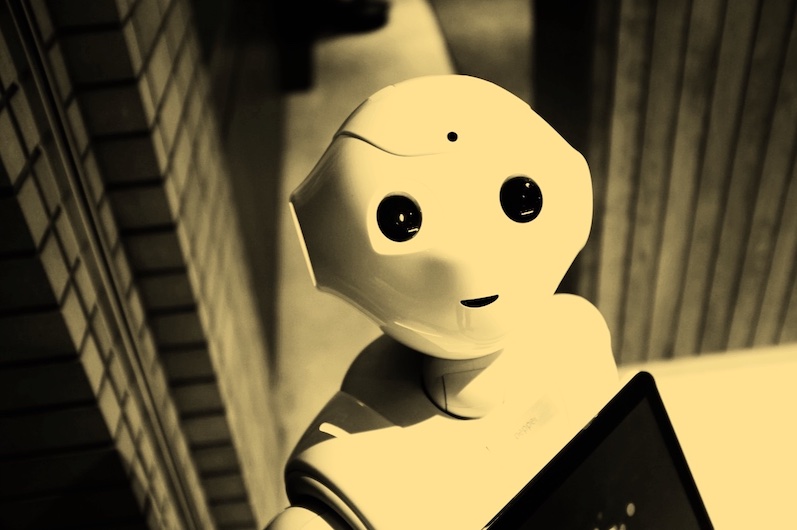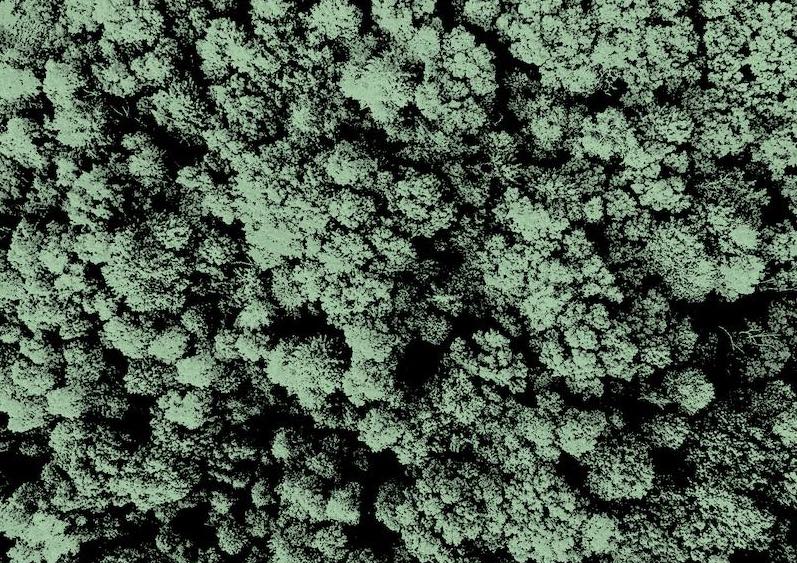What is it about?
It is common to think infants are on the receiver end of social interactions. However, our study shows that infant capuchins actively touch others when receiving affectionate interactions. This behavior fits the description of a pleasurable touch as a caress would. We evaluated the context and how this touch develops through the first three years of life of 8 wild capuchins. This research shows that infants have active roles in their relationships and can reciprocate.
Featured Image

Photo by Felipe Simões on Unsplash
Why is it important?
Our study is the first to detail this behavior in non-ape primates and helps us understand how crucial social touch might be to our development and primate evolution. This research also shows that infants can regulate their social interactions and respond actively depending on the situation.
Perspectives
This research was only possible thanks to the dedication of everyone involved. It's a joy to see it published. I hope this work helps you see how important touch might be to social creatures such as ourselves and other primates and offers you a different perspective on the actions of infants when they interact with the world.
Beatriz Felicio
Universidade de Sao Paulo Campus da Capital
Read the Original
This page is a summary of: Touching faces: The active role of infant capuchin monkeys (Sapajus libidinosus) in their social development., Journal of Comparative Psychology, May 2025, American Psychological Association (APA),
DOI: 10.1037/com0000420.
You can read the full text:
Contributors
The following have contributed to this page







